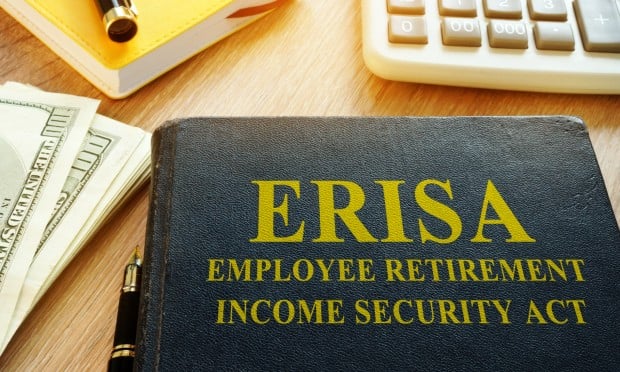Has the Government Accountability Office underestimated how much retirees will be spending on health care costs once they retire?
That’s what a leading provider of retirement health care cost modeling says. In a commentary, Ron Mastrogiovanni, founder and CEO of HealthView Services, pointed toward factors he said highlight the lowballing.
The first is what retirees pay for health care premiums.
Continue Reading for Free
Register and gain access to:
- Breaking benefits news and analysis, on-site and via our newsletters and custom alerts
- Educational webcasts, white papers, and ebooks from industry thought leaders
- Critical converage of the property casualty insurance and financial advisory markets on our other ALM sites, PropertyCasualty360 and ThinkAdvisor
Already have an account? Sign In Now
© 2024 ALM Global, LLC, All Rights Reserved. Request academic re-use from www.copyright.com. All other uses, submit a request to [email protected]. For more information visit Asset & Logo Licensing.








